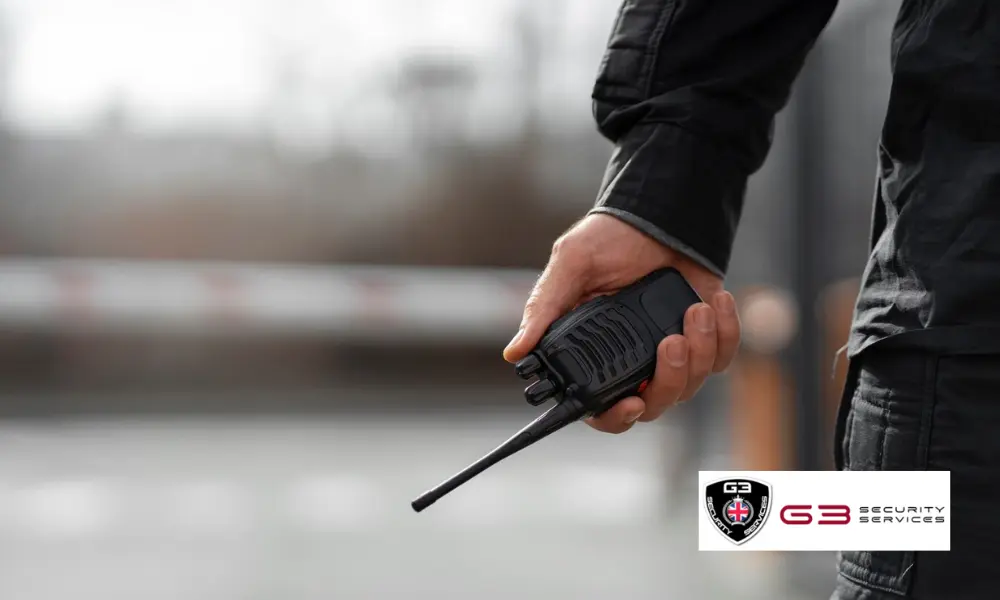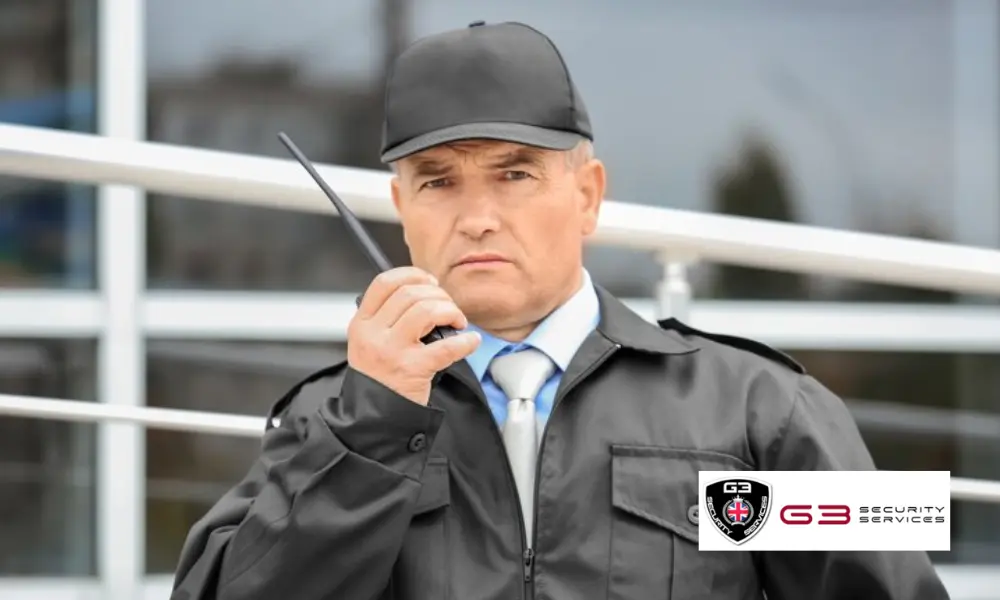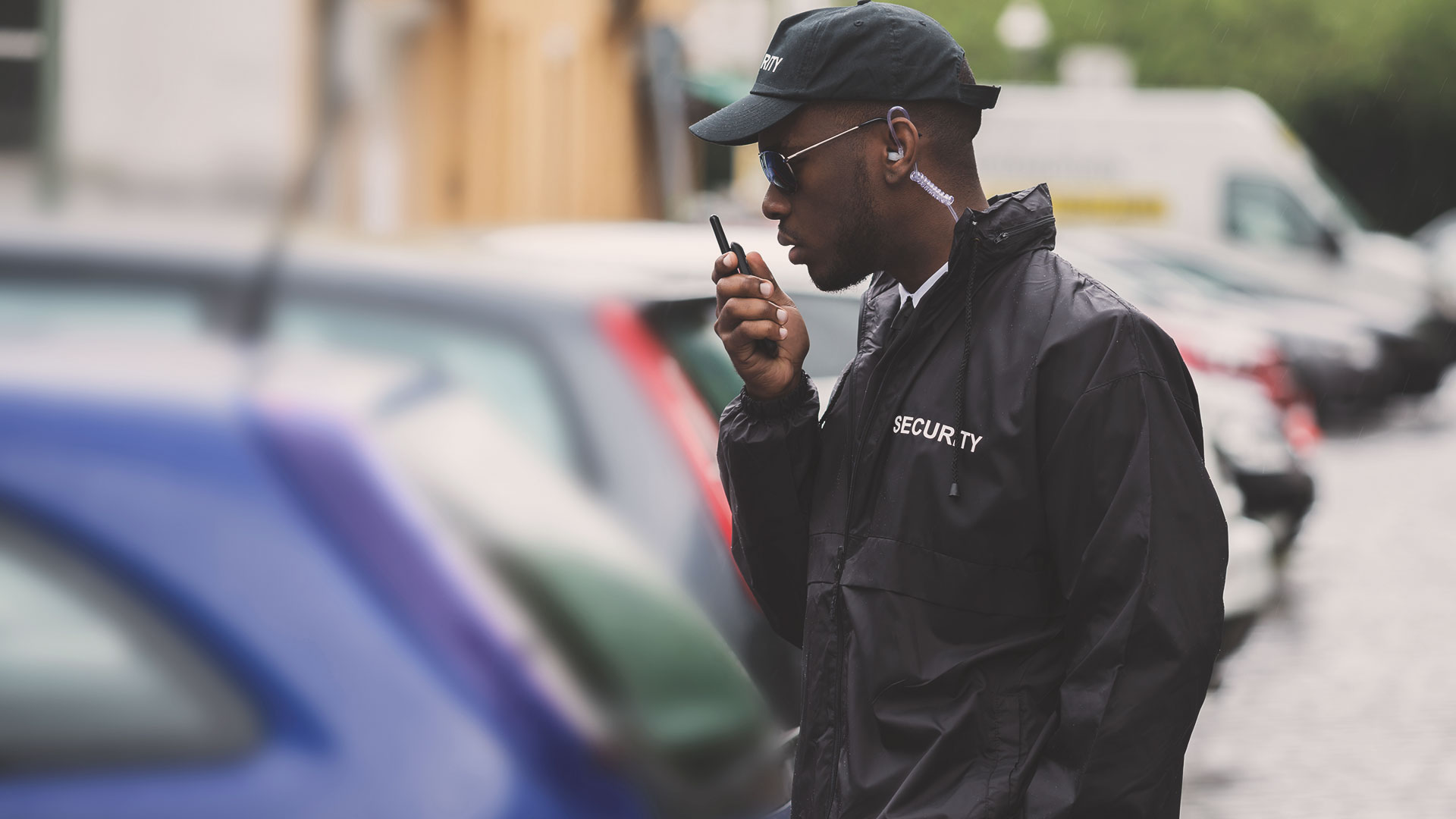In a bustling metropolis like London, ensuring the safety and security of your premises is paramount. Whether you’re a business owner, property manager, or event organizer, finding the right security company in London is crucial to safeguarding your assets, property, and peace of mind. With numerous options available, selecting the best security company can be a daunting task. It’s imperative to choose a security company with a deep understanding of local nuances and challenges. Look for a provider that not only offers standard security solutions but also demonstrates flexibility and adaptability to tailor their services to your specific needs. By prioritizing expertise, reliability, and customization, you can ensure comprehensive protection for your property and assets in the bustling heart of the capital. To help you make an informed decision, we’ve outlined key parameters to consider when choosing a security company in London. 1. Reputation and Experience Begin your search by evaluating the reputation and experience of security companies in London. Look for firms with a proven track record of providing reliable security solutions. Research online reviews, client testimonials, and case studies to gauge the company’s reputation and credibility in the industry. Consider the longevity of the company and its history of serving clients in diverse sectors. A security provider with extensive experience is more likely to have encountered and effectively addressed a wide range of security challenges. Look for certifications or affiliations with reputable industry organizations, as these can further validate the company’s expertise and commitment to excellence. Ultimately, prioritizing reputation and experience ensures that you partner with a trusted security firm capable of delivering the highest level of protection for your interests in London. 2. Credentials and Certifications Verify that the security company holds appropriate licenses, certifications, and accreditations mandated by regulatory bodies in the UK. A reputable security provider should adhere to industry standards and regulations, ensuring that their personnel are properly trained and qualified to handle security challenges effectively. Inquire about any specialized certifications or training programs that the security company offers to its personnel, such as first aid training or conflict resolution skills. These additional qualifications can enhance the capabilities of security officers in responding to various emergencies and situations effectively. It’s also important to verify that the company’s licenses and certifications are up to date, demonstrating ongoing compliance with regulatory requirements. By prioritizing credentials and certifications, you can trust that your chosen security provider operates with the highest level of professionalism and proficiency, ensuring the safety and security of your premises in London. 3. Range of Services Consider your specific security needs and look for a company that offers a comprehensive range of services tailored to your requirements. Whether you need manned guarding, mobile patrols, event security, k9 security, or corporate office security, choose a company capable of delivering customized security solutions to meet your unique needs. Assess the scalability of the security company’s services to accommodate any future changes or expansions in your security requirements. A flexible provider that can adapt to evolving threats and circumstances ensures long-term effectiveness in safeguarding your premises. Additionally, inquire about any additional support services offered, such as risk assessments or security consultations, which can provide valuable insights into enhancing your overall security posture. By selecting a security company with a diverse range of specialized services, you can address all aspects of security comprehensively, enhancing protection for your property and assets in London. 4. Technology and Innovation In today’s digital age, technology plays a crucial role in enhancing security measures. Evaluate whether the security company utilizes cutting-edge technology. Look for features such as management capabilities, allowing for proactive security measures and rapid response to incidents. Consider the company’s investment in research and development, as a commitment to innovation indicates a proactive approach to staying ahead of emerging threats and implementing advanced security solutions. By prioritizing technology and innovation, you can leverage cutting-edge tools to enhance the effectiveness of your security measures and mitigate risks effectively in London’s dynamic environment. 5. Training and Personnel The quality of security personnel deployed by the company is paramount to the effectiveness of security operations. Inquire about the recruitment process, training protocols, and vetting procedures followed by the company to ensure that their security officers are skilled, reliable, and capable of handling diverse security scenarios with professionalism and integrity. Consider the ongoing professional development opportunities provided to security personnel, such as regular training workshops or certification programs, to ensure that their skills and knowledge remain up-to-date with evolving security trends and techniques. Inquire about the company’s commitment to diversity and inclusion in its workforce, as a diverse team brings a range of perspectives and experiences that can enhance the effectiveness of security operations. Additionally, seek feedback from previous clients or industry peers regarding their experiences with the security company’s personnel, providing valuable insights into their competence and professionalism in real-world situations. 6. Response Time and Availability Emergencies can arise at any time, so it’s essential to choose a security company that provides prompt response and round-the-clock availability. Whether you require on-site security presence at short notice, opt for a company that prioritizes responsiveness and reliability. Inquire about the company’s protocols for handling emergency situations and their average response times to different types of incidents. Consider whether the security company has a dedicated emergency hotline or communication channel for urgent inquiries and requests, facilitating swift coordination and action during critical moments. Furthermore, assess the geographical coverage of the security company’s operations and ensure that they have sufficient resources and personnel to provide timely support across your locations in London, minimizing vulnerabilities and ensuring comprehensive security coverage. By prioritizing responsiveness and availability, you can rest assured that your chosen security company is prepared to effectively address any security challenges that may arise, day or night, in the dynamic city of London. 7. Cost-Effectiveness While cost is an important factor, it should not be the sole determinant when choosing a security company. Instead of opting for the cheapest option, focus on value for money by assessing
- Home
- About Us
- About G3
- Mission, Vision & Values
- Security Company in Birmingham
- Corporate Social Responsibility
- Environmental Policy
- Health & Safety Policy
- Quality Policy
- Equality & Diversity Policy
- Workplace Pension Policy
- Workplace Drug & Alcohol Policy
- Anti-Modern Slavery Statement
- Lone Worker Policy
- Gallery
- FAQ
- Privacy Policy
- Leave Us a Feedback
- Services
- Careers
- Blog
- Contact Us



